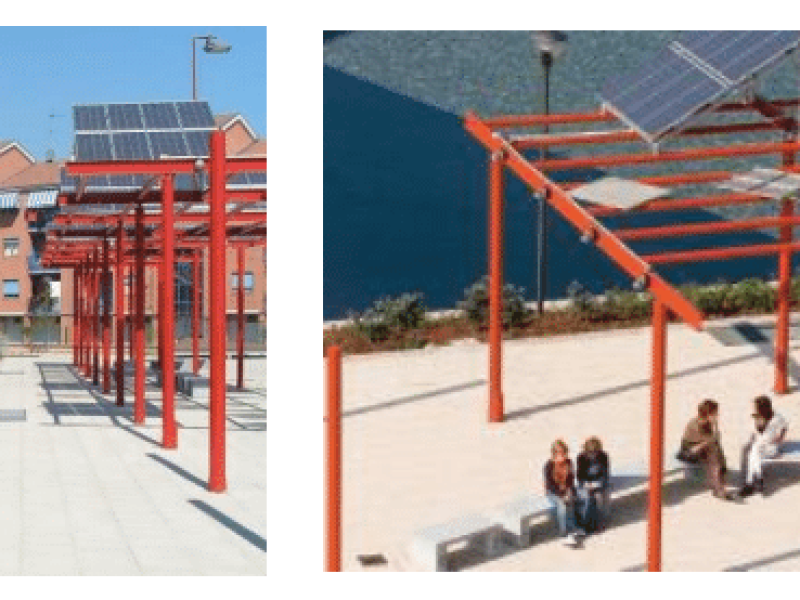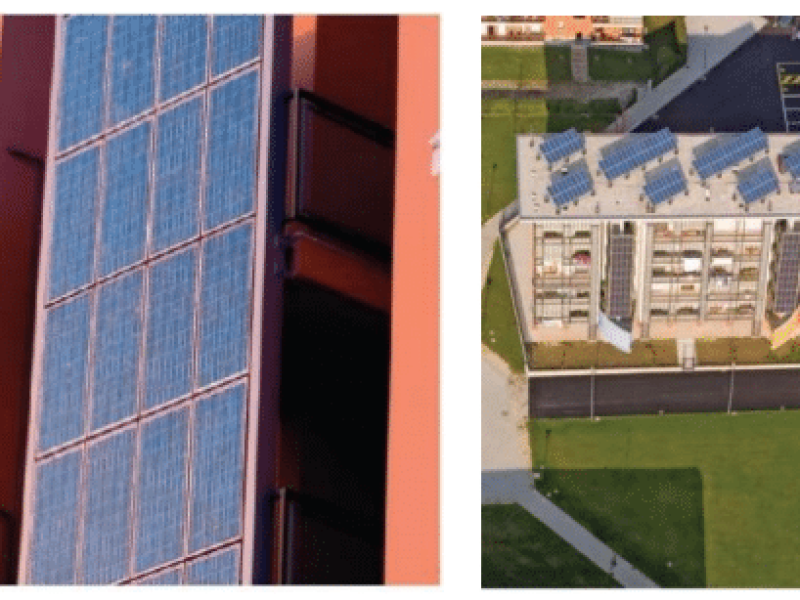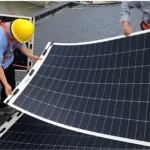The transition towards sustainable urban development has positioned solar energy as a pivotal element in modern city planning.Drawing on the experiences from six Italian cities, this analysis explores how solar technologies have been integrated into diverse urban landscapes, offering insights into the strategic approaches, design innovations, and policy frameworks that facilitate this integration.
Strategic Early Planning: Ensuring Optimal Integration
Effective solar integration begins with strategic planning early in the urban design process. The Italian case studies reveal that when solar considerations are embedded from the onset—during the zoning and master planning phases—cities can significantly enhance their solar potential.
This proactive approach allows for the alignment of street layouts, building orientations, and public spaces to maximize solar exposure and efficiency. For example, in Milan, planners have implemented solar-ready zoning laws that mandate new buildings to reserve roof space for solar installations, ensuring that solar energy generation is a central component of urban development.

Architectural Aesthetics: Harmonizing Form and Function
Solar installations have evolved from mere functional elements to key architectural features that define the aesthetic of urban buildings. In cities like Venice and Florence, where historical preservation is crucial, solar technologies are designed to blend seamlessly with traditional architectures.
Building-integrated photovoltaics (BIPV) are utilized not just for their energy-generating capabilities but as replacements for conventional building materials. Facades, shading structures, and even window configurations are innovatively designed to incorporate photovoltaic panels, enhancing building facades while contributing to the city’s energy resilience.

Multipurpose Solar Installations: Beyond Electricity Generation
The utility of solar technologies extends beyond generating electricity; they enhance urban livability and ecological sustainability. Agrivoltaic systems, as observed in rural areas adjacent to Italian urban centers, illustrate the dual use of land for both agricultural production and energy generation. These systems protect crops from excessive sun, reduce water usage, and increase agricultural yields. In urban contexts, solar installations double as climate adaptation tools. For instance, solar canopies offer shaded walkways and reduce local temperatures, thereby improving pedestrian comfort and reducing urban heat island effects.

Overcoming Challenges Through Collaborative Innovation
Integrating solar energy within urban settings presents a myriad of challenges, including aesthetic concerns, technological constraints, and regulatory hurdles. The case studies underscore the importance of innovative solutions tailored to specific urban settings. For instance, in Rome’s historic centers, transparent solar panels are used to maintain architectural integrity. Moreover, fostering a collaborative environment involving architects, engineers, city planners, and the community ensures that solar energy projects are accepted and valued by all stakeholders. This collaborative approach is critical in overcoming resistance and enhancing the social acceptability of solar solutions.
Policy Support and Incentives: Enabling Solar Integration
Supportive policy environments are critical for the successful integration of solar energy into urban planning. The Italian case studies benefited from a combination of EU directives and national policies that provided financial incentives and streamlined regulatory processes for solar installations. These policies include tax rebates, feed-in tariffs, and grants for solar projects, which lower the financial barriers for initial investments. Furthermore, municipal policies mandating the inclusion of renewable energy in new developments or major renovations have proven effective in accelerating the adoption of solar energy.
Lessons Learned: Blueprint for Future Urban Planning
The Italian solar integration experience provides a blueprint for cities globally. It demonstrates that:
- Early incorporation of solar planning in urban development can lead to substantial energy savings and a reduction in carbon emissions.
- Solar energy can contribute to the aesthetic enhancement of urban environments when incorporated thoughtfully.
- The multifunctionality of solar installations can significantly contribute to urban sustainability by providing ecological, economic, and social benefits.
- Collaborative planning and robust policy frameworks are essential for overcoming the challenges associated with solar energy integration.
Final thoughts
The integration of solar energy into urban planning is not just about generating clean energy but about reimagining how cities are designed and function. The lessons from these Italian case studies underscore the transformative potential of solar energy when integrated thoughtfully into urban landscapes. As cities continue to grow and seek sustainable development pathways, these insights offer valuable guidance on incorporating solar energy to create resilient, energy-efficient, and aesthetically pleasing urban environments.







